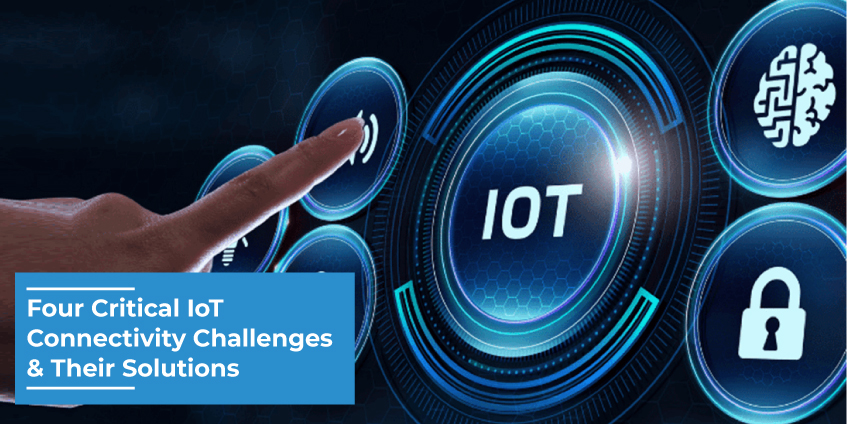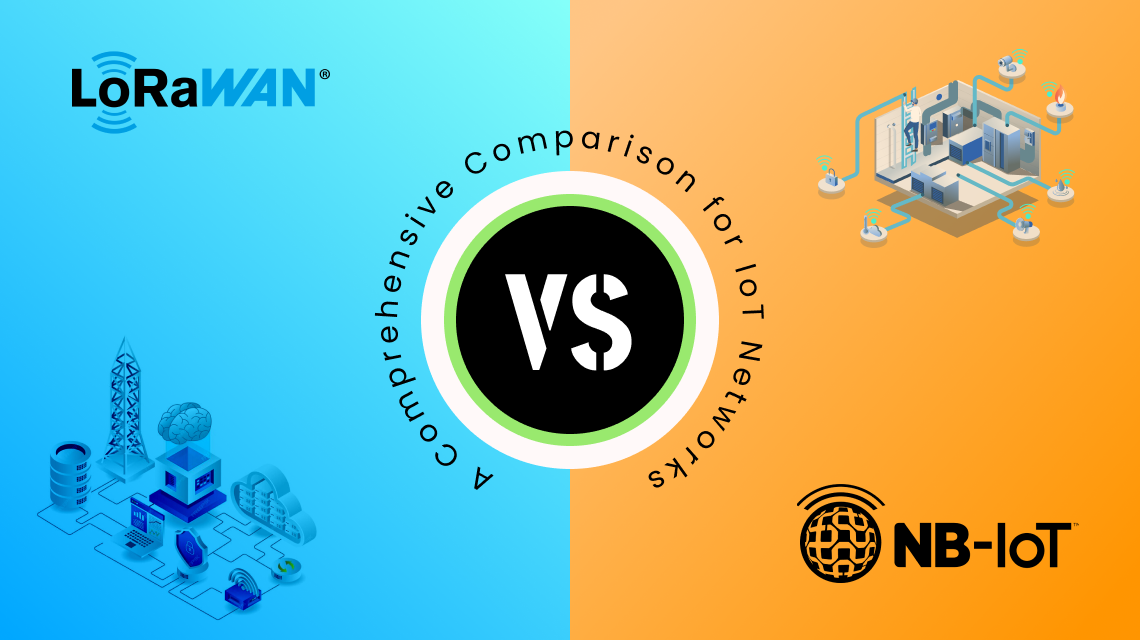
Table of Contents
IoT thrives on connectivity. IoT devices depend on a network consisting of applications, routers, gateways, and other related devices. Real-time Connectivity ensures effective data sharing and allows connected devices to perform all the activities they were designed for accurately.
The global industrial IoT market value was pegged at $263 billion in 2021, which is predicted to surge to $1.1 trillion by 2028. And the total number of IoT devices across industry verticals is expected to increase to 8 billion by 2030.
These figures indicate that IoT technology is being harnessed by many industries such as retail, transportation, media, and inventory management.
Although different industrial IoT solutions serve different purposes across various industry sectors, they have a common requirement – all these solutions depend on reliable connectivity.
According to research, 75% of businesses reported connectivity challenges with IoT projects. When terrestrial networks are not up to the mark, businesses focus on reliability (47%), network coverage (38%), and security (42%).
Businesses are harnessing the potential of IoT in digital transformation and process automation efforts. However, connectivity roadblocks are thwarting these transformation efforts.
Let’s find out what these challenges are and how businesses can work around them.
Challenges Faced by Businesses in IoT Implementation
When you are seeking IoT development services for building custom applications, it should ideally provide end-to-end solutions. Such as requirement gathering, architecture design, app creation, support and testing..
When trying to find the right connectivity solution for your IoT application, there are many factors you need to consider. However, it usually boils down to four major issues – Network, Security, Scalability, and Bandwidth.
Scalability
Close to 127 new devices hook up to the internet every second. In 2022, the number of connected global IoT devices increased by 18% to reach 144 billion.
As your business starts growing, it is necessary to keep it evolving, and the right IoT system will be able to forecast the future needs of the business. So, IT managers have to figure out a way to scale their infrastructure to meet the growing demands of their business.
The need for more sensors, gateways, routers, cameras, and software increases when the organization starts growing. The business should then deploy system controls, monitoring mechanisms, and software updates.
As more IoT load is added to the existing structure, it should be able to take on the additional challenge without a glitch.
Also Read : Role of Enterprise Mobility in Making Businesses Successful
Solution:
Scalability issues also raise other problems such as costs, bandwidth, and connectivity complexity.
Choosing a simple architecture from the initial stages can go a long way and you can ensure that scalability issues will be taken care of in the future.
In addition, automating bootstrapping can help save time and money and increase efficiency when scaling up industrial IoT solutions.
Security
Security is a major concern for businesses as statistics report that IoT-connected devices are typically attacked within 5 minutes of connecting to the internet. What’s more, in 75% of the cases, routers are the main cause of IoT security attacks.
As more and more devices are getting connected to the internet, the frequency of attacks will only increase.
Since every single IoT device or application is connected to a series of networks, there is a heightened need for security. And being connected to multiple routers makes it easier for potential cybercriminals to attack the device despite the security measures.
Solution:
A simpler, decentralized Application Enablement Platform can work.
Unlike a centralized system where the encrypted data goes from the client to the database and back, making the data vulnerable to attacks. A decentralized system establishes a direct data transfer connection with the client.
Another crucial way to prevent data breaches is to bring together IoT and enterprise mobility. Prevention of data breaches, enhanced security, and adherence to standards are some of the benefits of IoT in enterprise mobility. Moreover, owing to the connected infrastructure, the IT teams can be prepared for any eventuality such as process shutdowns, bottlenecks or operational data breaches with a list of suspects.
Compatibility
The ideal IoT development services team should understand the importance of compatibility with legacy systems in the IoT ecosystem. Thanks to ever-increasing demands of the corporate world, integration with other technologies is important, but it is not an easy feat.
Having proprietary operating systems could also hinder compatibility with other systems. It could lead to many independent silos that don’t benefit your business.
When organizations rely on IoT connectivity, they must ensure the system can connect with other devices.
Solutions
One solution is to keep your system updated for enhanced compatibility. When various devices run on different software versions, it is bound to face some compatibility issues.
Another solution is to conduct coexisting performance assessments. Measures to check if the IoT device connectivity can function in all environments.
Bandwidth
Bandwidth is another major connectivity challenge that businesses have to handle.
Bandwidth refers to the maximum capacity of the network to handle and transmit data. It is spread across the entire network.
What does it mean?
It means the volume of messages and size of data packets can be affected.
If your IoT application needs to send and receive tons of data, you must employ a greater bandwidth network.
Solution
5G connectivity and high-quality robust routers are useful in meeting the bandwidth challenge effectively.
Other critical connectivity challenges include,
Data throughput
If the bandwidth talks about network capacity, data throughput is the speed with which the data is transferred. The data takes longer to transmit when working with lower data throughput.
Generally, many IoT applications don’t require high data throughput. But if your app is transmitting videos or real-time streaming, then speed is important.
Coverage
A reliable IoT development services company should consider coverage as it impacts the productivity of the application.
When choosing a network type, you’ll come across certain networks with an infrastructure already put in place. Then, all you have to do is connect to the network and get started.
If there is no existing network, you have to consider deploying the infrastructure, which adds to the IoT app development costs.
Concluding Lines
Research says that there is no single route to meet all the connectivity issues successfully. The network you choose and the bandwidth you need depends on your IoT application and other business objectives.
A reliable IoT application development company could pave the way for an enhanced and efficient IoT implementation. It is better to harness the latest technologies with the help of service providers to lower costs and increase efficiency for long-term benefits.












 sales@solutionanalysts.com
sales@solutionanalysts.com biz.solutionanalysts
biz.solutionanalysts






